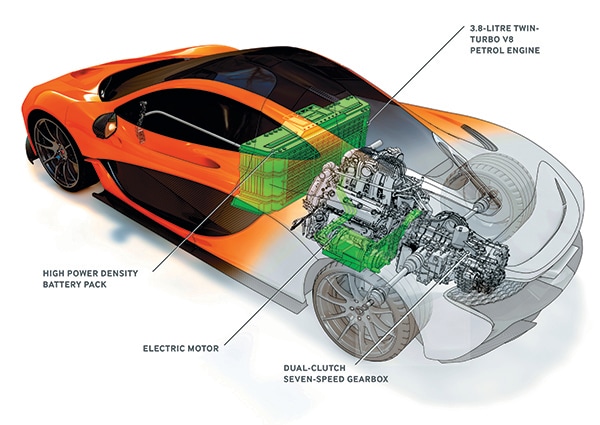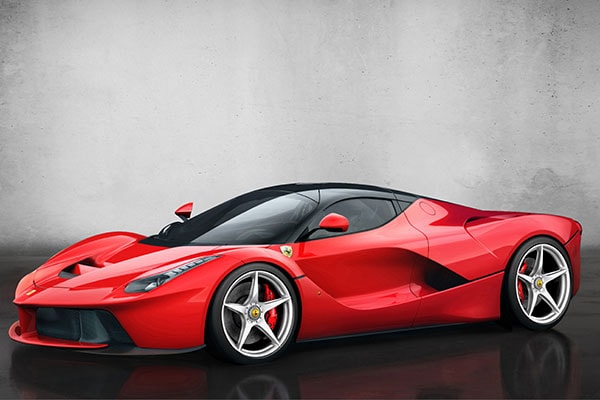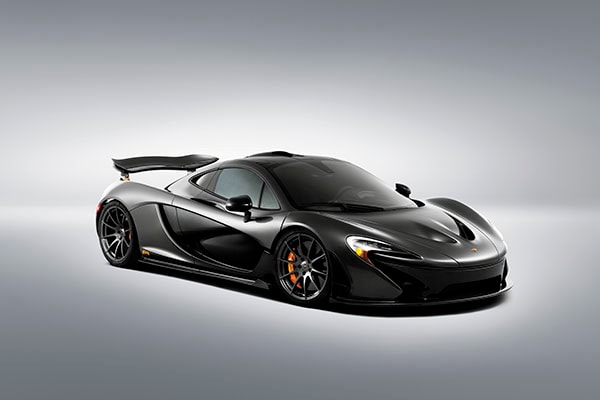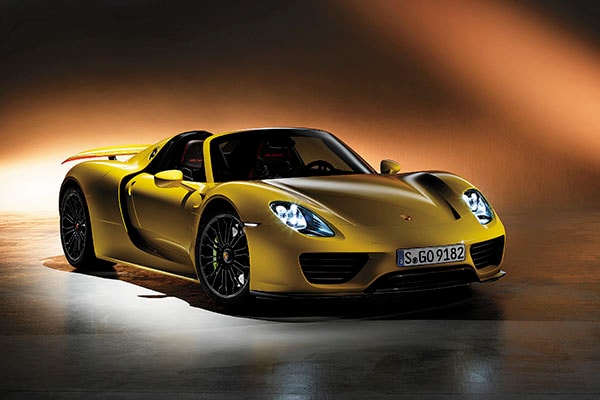
Speed with sustainability
Technology has made it possible to club one of the ultimate luxuries—speed—with one of the most urgent necessities—sustainability, says Bertrand D'Souza

One of the largest consumers of energy resources on the planet is the automotive industry and, over the last decade, no effort has been spared to provide mobility solutions that are less taxing on the environment. This has led to cars that sip lesser or no fuel at all, which, in many ways, has shut or slowed the tap on performance. Until less than a decade ago, the need for speed and quicker acceleration could only be delivered by making more powerful and larger engines, which guzzled fuel at incredible rates. For instance, the Bugatti Veyron, a hypercar of the last decade, could at top speed (408 kmph) consume the entire contents of its 100-litre fuel tank in under 15 minutes. Thank god they made just 450 of them.
Speed is one of the ultimate luxuries, and indulging it, until the last decade, were supercars whose cylinder count and volume displacement kept getting larger and larger. Thus far, supercars were a hallowed ground, untouched by laws and regulations that controlled manufacturing. They were, after all, exhibits of all that manufacturers considered ‘flagship’ and what we knew as ‘excess’. Gentlemen’s agreements notwithstanding, manufacturers always found ways to wiggle a couple of fingers out of a handshake. Indulging the luxury of speed and yet making enough of an ecologically-sensitive statement can be a very expensive proposition. Yet, technology has paved the way forward for such indulgences in the form of hybrid hypercars.
A hybrid vehicle, very simply, is a combination of two power sources that work together to provide motive force. The USP here is that one of the power sources is clean, most often an electric motor. So an internal combustion engine that is fed fossil fuel is mated to an electric motor that is fed electricity from a battery. This team works either in tandem or together—in tandem they provide superior efficiency, together they produces superior performance. The former is a very popular method employed by mass manufacturers and is crucial to sustainable motoring; it is also very boring. In the last few years, however, we have been seeing niche car manufacturers, sports- and supercar manufacturers, pushing the performance envelope using hybrid technology. It’s a clever trade-off.
Today, there are three very good examples of hybrid supercars—the Ferrari LaFerrari, the McLaren P1 and the Porsche 918 Spyder. Keep in mind that each of them has a price tag between Rs 10 crore and Rs 20-plus crore, and they’re all perfectly capable of reaching a 100 kmph in under three seconds.

The Ferrari LaFerrari is the only one of this trio to utilise a V12 petrol motor, which in itself is a marvellous engine, coming as it does from an illustrious family of the Ferrari F140 engines. It utilises what may be one of the last great naturally aspirated V12 engines, giving way to a slew of turbo-charged V8s and hybrid V12s of the future. In the LaFerrari, the powertrain has been modified to accommodate for the first time a Hybrid Kinetic Energy Recovery System (HY-KERS), derived from their Formula One learning. The 6,262 cc V12 pushes out a prodigious 800 PS of max power, complemented by a 120 kW electric motor that adds another 163 PS taking peak power output to an insane 963 PS. The important thing here is that with this configuration the LaFerrari emits 330g/km of carbon dioxide (CO2) with a rated fuel efficiency of 5.52 kmpl. Zero to 100 kmph comes up in less than three seconds, 200 kmph in less than seven and top speed is claimed to be in excess of 350 kmph.

In 2012, McLaren Automotive came out with the P1, an astonishing throwback to the first car they ever built, the McLaren F1. One of the fastest cars of its time, the F1 used a 6.1-litre naturally aspirated V12 that put out 627 PS. The P1, on the other hand, went smaller with a twin turbo-charged V8 that delivers 737 PS of max power. Coupled with a single electric motor that delivers 179 PS, it takes peak power to 916 PS. Smaller, thus, does not spell slower; the P1 accelerates to 100 kmph in 2.8 seconds, 200 kmph in 6.8 seconds, though McLaren limits its top speed to 350 kmph. CO2 emission output is claimed to be 194g/km, while fuel efficiency is roughly around 12 kmpl.

The Porsche 918 Spyder uses a naturally aspirated 4.6-litre V8, a smaller albeit highly powerful engine. The internal combustion engine ekes out 616 PS but twin electric motors raise peak output by 282 PS to a staggering 898 PS; 100 kmph thus comes up in just 2.6 seconds, 200 kmph in 7.3 seconds with top speed registered at 345 kmph. Claimed CO2 emissions are 72 g/km with a claimed fuel efficiency cycle of around 32 kmpl.
The Porsche and the McLaren can run independent of their petrol motors, the former providing a range of 31 km and the latter of 11 km. The LaFerrari, however, uses its electric power purely as a booster. In each case, the electric motors contribute to more than just raising power outputs—they also reduce emissions and increase efficiency. Each of these can also recharge their batteries using either external sources or, like in the case of the LaFerrari and the 918 Spyder, through regenerative braking.
Each of these cars continues to show us that a future exists where sustainability can be balanced with performance.
(This story appears in the 13 November, 2015 issue of Forbes India. To visit our Archives, click here.)
X














